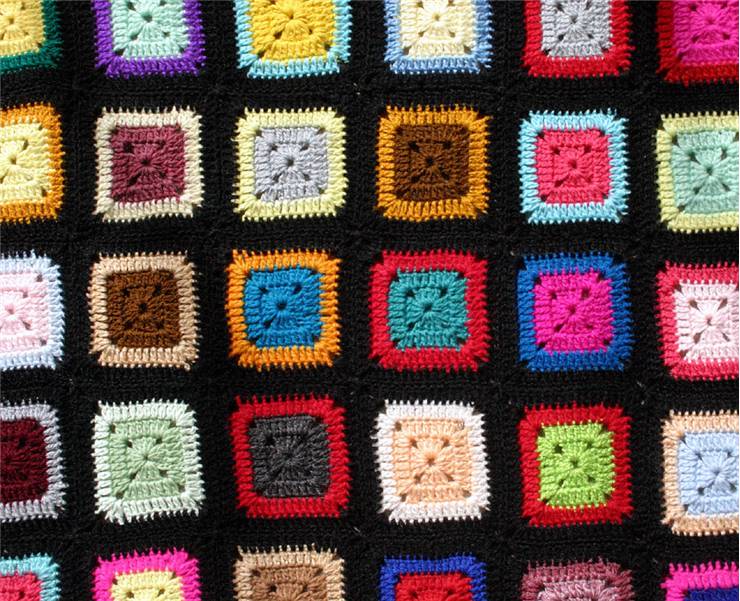Timeline of Clothing and Textiles
- Timeline of clothing begins in prehistory when prehistoric people learned to use spindles to make yarn from fiber of plants and animals and when first primitive looms appeared. Clothes of that time were also made from leather.
- 28000 BC - There are archeological findings found at Kostenki in Russia that prove that sewing needles were in use somewhere at that time.
- Archeological findings of hard clay from circa 27000 BC have impressions of textiles and basketry and nets.
- Venus figurines from 25000 BC have clothing on them.
- There is evidence from 8000 BC of flax cultivation in the Near East.
- Oldest naalebinding examples found in Nehal Hemar cave, Israel, date from 6500 BC. Naalebinding is a technique which uses short separate lengths of thread unlike knitting which uses continuous lengths of thread.
- In 6000 BC at Çatalhöyük in Anatolia woven textiles were used to wrap the dead.
- Linen cloth was made since 5000 BC in Ancient Egypt, along with other bast fibers including rush, reed, palm, and papyrus.
- Naalebinding spreads to Northern Europe in 4200 BC. Mesolithic examples were found in Denmark.

- First breeding of domesticated sheep with a wooly fleece rather than hair was done in the Near East in 3000 BC.
- "Needle Knitting" first appeared in Peru from 200 BC to 200 AD. It is a form of naalebinding.
- Earliest woodblock printing on silk began in China in 200 AD.
- Earliest foot-powered loom was found at Tarsus and it dates from 298 AD.
- Jia xie method for resist dyeing of silk using wood blocks was invented in China in 500s AD.
- The first true knitting using continuous thread appeared in Egypt in 1000's AD.
- Silk burial cushion knit in two colors found in the tomb of Spanish royalty dating from 1275.
- Purl stitch, which allows knitting of panels of material instead in a tubular form, used for the first time in Toledo, Spain, in 1562.
- Stocking frame, the first hand-operated weft knitting machine was invented in 1589 by William Lee.
- John Kay patents the flying shuttle in 1733.
- Lewis Paul patents the draw roller in 1738.
- In 1758 Jedediah Strutt imprves Lee's stocking frame by adding a second set of needles and with that creating the rib frame.
- James Hargreaves or Thomas Highs invent the spinning jenny in 1764 and patent it in 1770.
- In 1767 John Kay invents the spinning frame.
- Hand-operated warp knitting machine invented in 1768 by Josiah Crane.
- Richard Arkwright's invents water frame in 1769.
- Samuel Wise improves the mechanization of W. Lee's stocking frame in 1769.
- Spinning mule invented in 1779 by Samuel Crompton.
- In 1784 invented power loom by Edmund Cartwright.
- Dawson solves the mechanization of the warp knitting machine in 1791.
- The first successful cotton spinning mill was established in the United States in 1793 by Samuel Slater of Belper, at Pawtucket which marks the beginning of the "Rhode Island System".
- Cotton gin patented by Eli Whitney in 1794.
- In 1798 Decroix patents the knitting machine with circular bearded needle.
- Bleaching powder discovered and patented by Charles Tennant in 1799.
- Joseph Marie Jacquard invented the Jacquard punched card loom in 1801.
- In 1806 Pierre Jeandeau patented the first latch needle which is used in knitting machine.
- William Horrocks improves the power loom in 1813.
- The first power loom in the United States was built in 1814 by Paul Moody of the Boston Manufacturing Company which was the beginning of the "Waltham System".
- In 1828 Paul Moody develops new standard for U.S. mills: the leather belt and pulley power transmission system.
- Barthélemy Thimonnier develops the first functional sewing machine in 1830.
- Walter Hunt invented the lockstitch sewing machine in 1833, but because he didn’t like how it worked he did not patent it.
- In 1842 Bullough and Kenworthy developed “Lancashire Loom” which is a semi-automatic Power loom.
- The first sewing machine in the United States was patented in 1842 by John Greenough.
- “Mason self-acting Mule” was patented by William Mason in 1847.
- Matthew Townsend patents the variant of latch needle in 1849. I became the most widely used needle in weft knitting machines.
- The first synthetic dye was invented by William Henry Perkin in 1856.
- Thomas Jeacock patented in 1856 the tubular pipe compound needle.
- In 1857 Luke Barton improved S. Wise's knitting machine with a self-acting narrowing mechanism.
- "Paget-machine", a multi-head knitting machine called, patented in 1857 by Arthur Paget.
- Redgate invented a warp knitting machine in 1859, which works with vertical position latch needles.
- In 1864 William Cotton patented the straight bar knitting machine which was after that named after him - "Cotton machine".
- The flat knitting machine using latch needles was patented in 1865 by Isaac Wixom Lamb.
- Clay invented the double-headed latch needle in 1865 which is used for purl stitch knitting.
- The circular knitting machine with vertical needles was patented by Mac Nary in 1866. It is used for making of socks and stockings with heel and toe pouches.
- Henry Griswold improves the circular knitting machine by adding a second set of horizontal needles with which he enabed knitting of rib fabrics as cuff for socks.
- Viscose invented in 1892 by Cross, Bevan & Beadle.
- In 1900 Flat bed purl knitting machine was invented by Heinrich Stoll.
- Spiers invented the circular bed purl knitting machine in 1910.
- George Hattersley and Sons developed, so-called, Hattersley loom in 1920.
- In 1949 Heinrich Mauersberger invented the sewing-knitting technique and "Malimo" machine.
- DuPont produced the first commercial polyester fiber in 1953.
- Fiber reactive dye was invented in 1954.
- In 1963 in Czechoslovakia, open-end spinning was developed.
